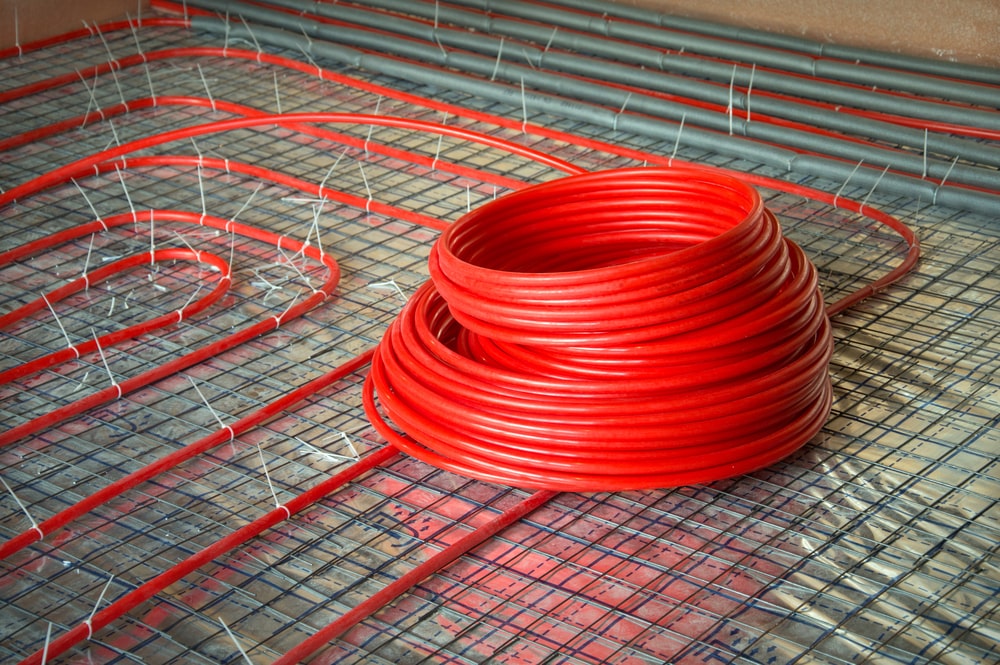As Winter’s chill sets in, construction projects face unique challenges! One of the most significant hurdles is maintaining a suitable working environment and preventing delays due to freezing conditions. Temporary construction heating is a critical solution that ensures projects stay on track, workers remain safe and comfortable, and building materials are protected from the elements.
Why Temporary Construction Heating Matters
Temporary construction heating is not just a matter of comfort—it's a necessity for ensuring the integrity of construction projects. Here are some key reasons why it's so important:
- Worker Safety and Comfort: Cold temperatures can pose serious health risks to workers, including hypothermia and frostbite. Providing adequate heating on construction sites helps prevent these risks, ensuring workers can perform their tasks safely and efficiently.
- Material Protection: Many construction materials, such as concrete, adhesives, and finishes, are sensitive to low temperatures. Proper heating prevents these materials from freezing or becoming brittle, which can compromise the quality and durability of the construction.
- Project Timeline: Cold weather can slow down construction activities, leading to delays and increased costs. Temporary heating allows work to continue on schedule, minimizing downtime and keeping the project on track.
Types of Temporary Construction Heating
There are several options for temporary heating on construction sites, each with its own advantages and considerations:
- Direct-Fired Heaters: These heaters burn fuel directly to produce heat, making them efficient and powerful. They are suitable for well-ventilated areas due to the emission of combustion byproducts.
- Indirect-Fired Heaters: These heaters burn fuel in a separate chamber, with the heat transferred to the air without mixing with combustion byproducts. They are ideal for enclosed or poorly ventilated areas where air quality is a concern.
- Electric Heaters: Electric heaters are clean, quiet, and easy to use, making them a great option for smaller spaces or where fuel storage is a challenge. However, they can be more expensive to operate due to electricity costs.
- Hydronic Heaters: These systems use heated water or glycol to circulate warmth through a network of hoses or pipes. They are highly effective for ground thawing and providing consistent, uniform heat over large areas.
Best Practices for Using Temporary Construction Heating
To maximize the effectiveness and safety of temporary heating solutions, consider the following best practices:
- Proper Ventilation: Ensure adequate ventilation to prevent the buildup of harmful gases, especially when using direct-fired or fuel-burning heaters.
- Safety Precautions: Follow all safety guidelines and regulations when installing and operating heaters. This includes proper placement, regular maintenance, and using appropriate safety gear.
- Energy Efficiency: Opt for energy-efficient heating solutions to minimize fuel consumption and reduce operational costs. Insulating work areas can also help retain heat and improve efficiency.
- Regular Monitoring: Keep a close eye on temperature levels and adjust heating systems as needed to maintain optimal conditions. Regular monitoring helps identify and address any issues before they impact the project.
Conclusion
Temporary construction heating is a vital component of cold-weather construction projects. By choosing the right heating solution and following best practices, you can ensure a safe, efficient, and successful construction process, even in the harshest winter conditions.
I hope this blog provides valuable insights into the importance and best practices of temporary construction heating. If you have any specific details or focus areas you'd like to add, feel free to let me know!
